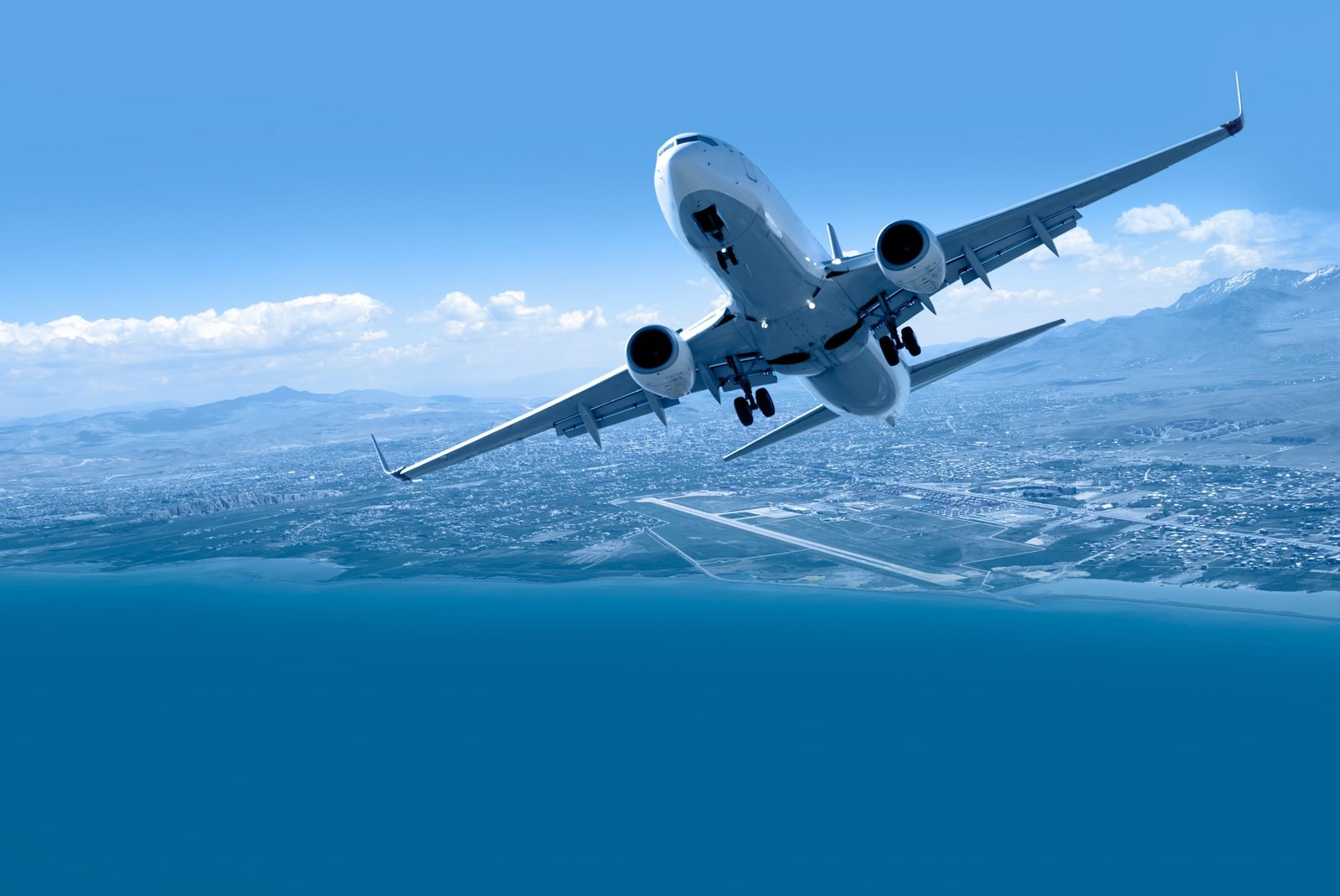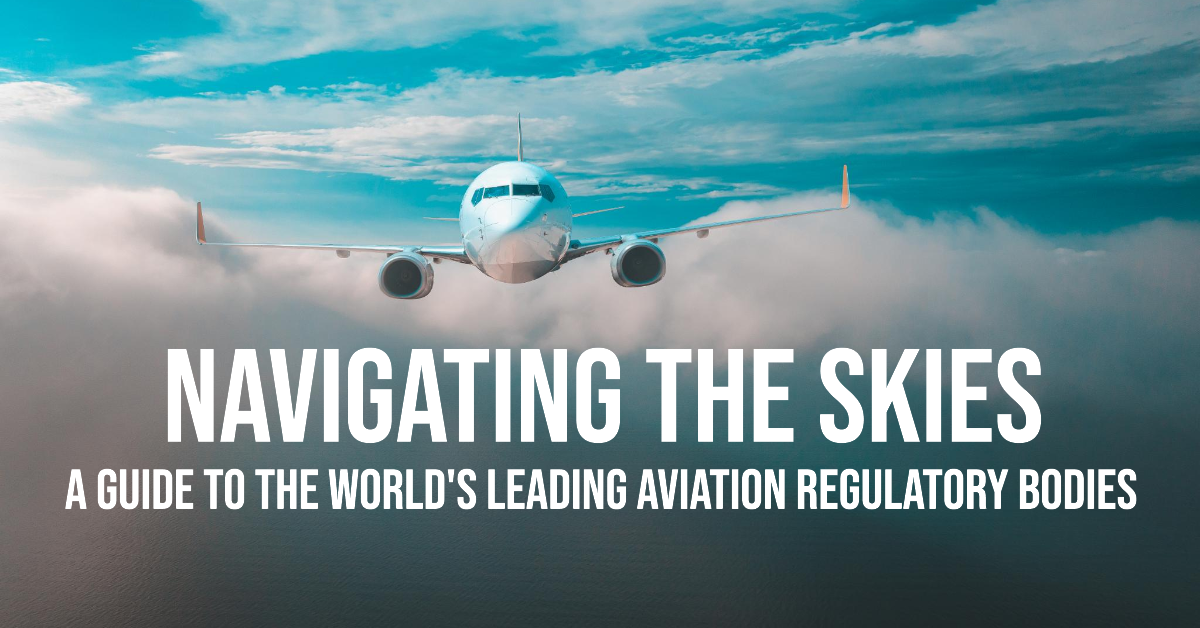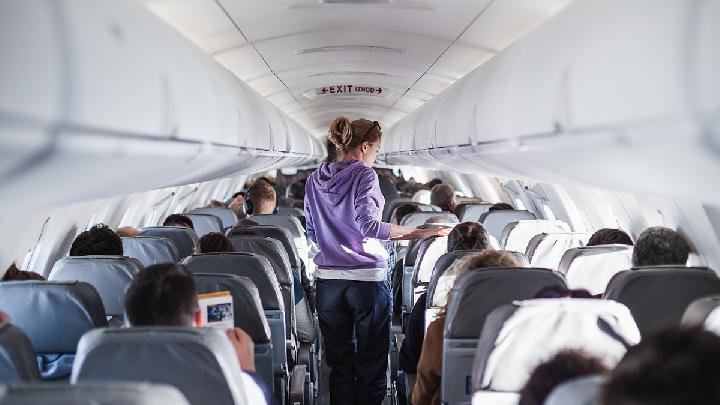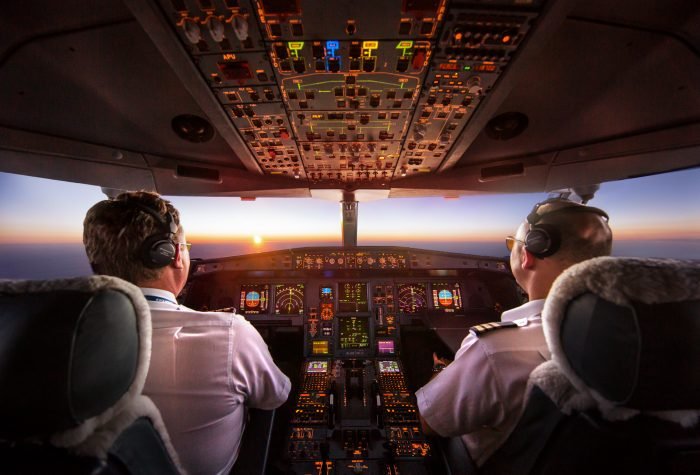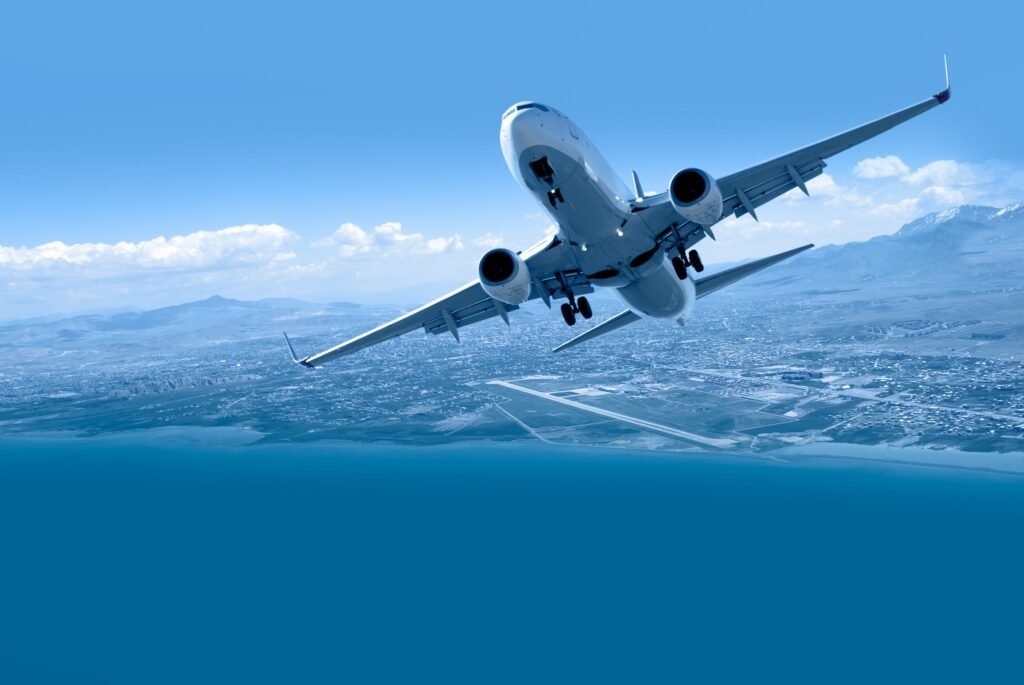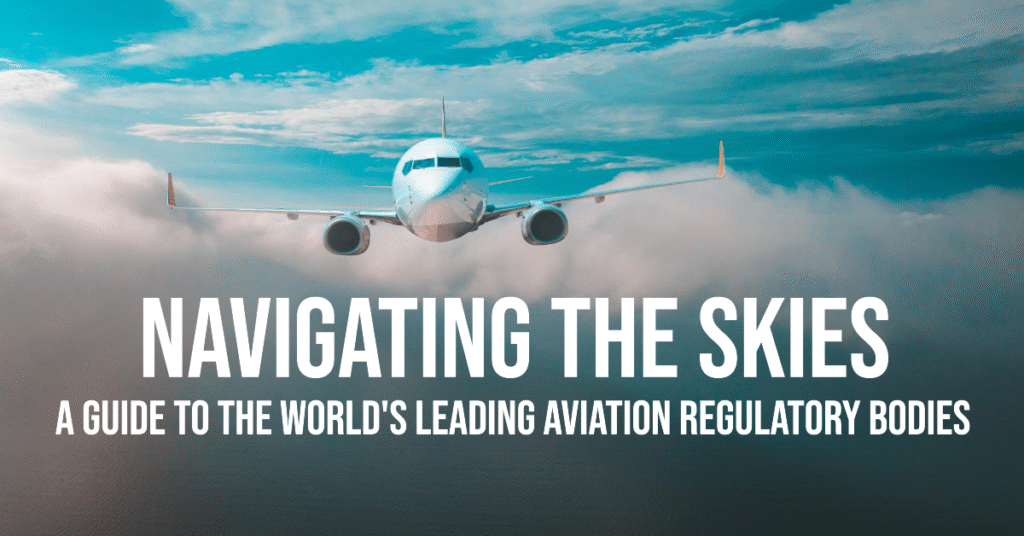The Quest for Seamless Skies: Elevating the Air Travel Experience
Introduction
Air travel, once a symbol of luxury and adventure, has increasingly become a source of stress and frustration for many. From lengthy security lines to delayed flights and cumbersome baggage handling, the journey to reach our destination can often feel like a battle. However, the aviation industry is keenly aware of these pain points and is actively pursuing a vision of a "seamless flight experience" – one where technology, thoughtful design, and customer-centric service converge to create a smoother, more enjoyable journey from booking to arrival. This article delves into what a seamless flight experience entails, the technologies and strategies being employed to achieve it, and the potential benefits for both travelers and the industry.
What Does a Seamless Flight Experience Look Like?
The concept of a seamless flight experience is multifaceted, encompassing various aspects of the journey:
- Effortless Booking and Planning: The process of finding and booking flights should be intuitive and personalized. This involves user-friendly websites and apps, clear pricing, flexible options, and personalized recommendations based on past travel history and preferences.
- Smooth Airport Navigation: Minimizing wait times at security, check-in, and boarding is crucial. This can be achieved through technology such as biometric identification, automated baggage handling, and real-time updates on flight status and gate information.
- Enhanced In-Flight Comfort and Entertainment: Creating a comfortable and enjoyable in-flight environment is essential. This includes comfortable seating, ample legroom, high-quality entertainment systems, Wi-Fi connectivity, and personalized service.
- Seamless Transfers and Connections: For travelers with connecting flights, a seamless experience means minimizing layover times, providing clear signage and guidance, and ensuring that baggage is transferred efficiently.
- Hassle-Free Arrival and Baggage Claim: Upon arrival, passengers should be able to disembark quickly, navigate the airport easily, and retrieve their baggage promptly.
Technologies Driving the Seamless Revolution
Several key technologies are playing a pivotal role in transforming the air travel experience:
- Biometrics: Biometric identification, such as facial recognition and fingerprint scanning, is being deployed to streamline security checks, boarding processes, and lounge access. According to a 2023 report by SITA, 64% of airports plan to implement biometric identity management systems by 2026, significantly reducing wait times and improving security.
- Artificial Intelligence (AI) and Machine Learning (ML): AI and ML algorithms are being used to optimize flight schedules, predict delays, personalize customer service, and even enhance in-flight entertainment. For example, airlines are using AI-powered chatbots to provide instant support to passengers, answer questions, and resolve issues in real-time.
- Mobile Technology: Mobile apps are becoming increasingly central to the air travel experience. Passengers can use their smartphones to book flights, check in, receive boarding passes, track their baggage, and access in-flight entertainment.
- Internet of Things (IoT): IoT sensors are being used to track baggage in real-time, monitor aircraft performance, and optimize airport operations. This data can be used to improve efficiency, reduce delays, and enhance the overall travel experience.
- Enhanced Connectivity: High-speed Wi-Fi is becoming increasingly common on flights, allowing passengers to stay connected, work, and enjoy streaming entertainment.
Strategies for Creating a Seamless Experience
Beyond technology, airlines and airports are adopting various strategies to enhance the passenger experience:
- Customer-Centric Design: Airlines are redesigning their cabins to provide more comfortable seating, ample legroom, and personalized amenities. Airports are also investing in improved facilities, such as comfortable lounges, enhanced dining options, and family-friendly spaces.
- Personalized Service: Airlines are using data analytics to understand passenger preferences and provide personalized service. This includes offering customized meal options, entertainment recommendations, and travel assistance.
- Collaboration and Partnerships: Creating a seamless experience requires collaboration between airlines, airports, ground transportation providers, and other stakeholders. By working together, these entities can create a more integrated and coordinated travel experience.
- Staff Training and Empowerment: Well-trained and empowered staff are essential for providing excellent customer service. Airlines and airports are investing in training programs to equip their employees with the skills and knowledge they need to assist passengers effectively.
- Proactive Communication: Keeping passengers informed about flight status, gate changes, and other important information is crucial for reducing stress and anxiety. Airlines are using mobile apps, email, and SMS to provide real-time updates and proactive communication.
Benefits of a Seamless Flight Experience
The benefits of a seamless flight experience extend beyond passenger satisfaction:
- Increased Customer Loyalty: Passengers who have a positive travel experience are more likely to remain loyal to the airline or airport.
- Enhanced Brand Reputation: A reputation for providing a seamless experience can attract new customers and enhance brand image.
- Improved Operational Efficiency: Streamlining processes and reducing delays can improve operational efficiency and reduce costs.
- Increased Revenue: Passengers who have a positive experience are more likely to spend money on ancillary services, such as upgrades, meals, and entertainment.
- Reduced Stress and Anxiety: A seamless experience can reduce stress and anxiety for passengers, making travel more enjoyable.
Challenges and Future Directions
Despite the progress being made, there are still challenges to overcome in achieving a truly seamless flight experience:
- Data Privacy and Security: The use of biometrics and data analytics raises concerns about data privacy and security. Airlines and airports must ensure that they are protecting passenger data and complying with privacy regulations.
- Infrastructure Limitations: Some airports lack the infrastructure needed to support new technologies, such as biometric identification and automated baggage handling.
- Cost Considerations: Implementing new technologies and strategies can be expensive, particularly for smaller airlines and airports.
- Standardization and Interoperability: Ensuring that different systems and technologies can work together seamlessly is essential for creating a truly integrated travel experience.
Looking ahead, the future of air travel is likely to be even more seamless and personalized. We can expect to see:
- Increased Use of Biometrics: Biometric identification will become even more widespread, streamlining security checks and boarding processes.
- Personalized Travel Experiences: Airlines will use data analytics to create highly personalized travel experiences, tailored to individual preferences.
- Augmented Reality (AR) and Virtual Reality (VR): AR and VR technologies will be used to enhance in-flight entertainment, provide real-time information, and even assist with airport navigation.
- Sustainable Travel: Airlines will continue to invest in sustainable technologies and practices, reducing their environmental impact and creating a more responsible travel experience.
Conclusion
The quest for a seamless flight experience is an ongoing journey, driven by technological innovation, customer-centric design, and a commitment to excellence. While challenges remain, the potential benefits for passengers, airlines, and airports are significant. By embracing new technologies, adopting innovative strategies, and prioritizing customer satisfaction, the aviation industry can transform air travel from a source of stress into a more enjoyable, efficient, and personalized experience.




